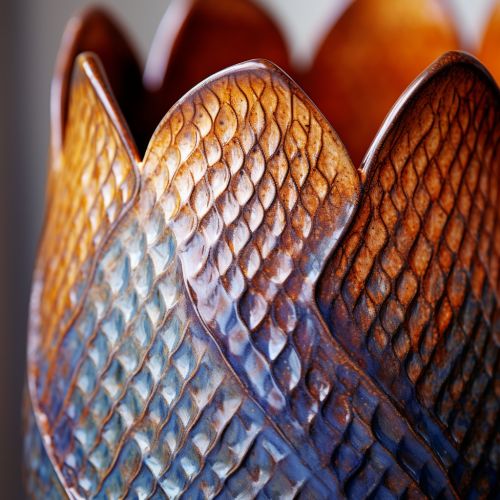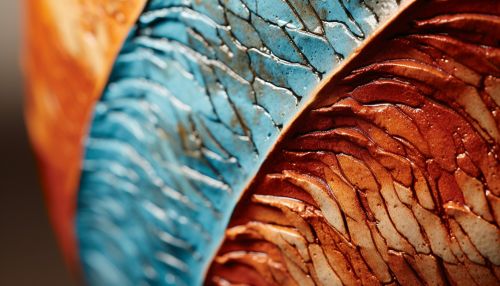Ceramic
Introduction
Ceramics are a broad category of hard, brittle, heat-resistant and corrosion-resistant materials made by shaping and then firing a nonmetallic mineral, such as clay, at a high temperature. The raw materials used to form the ceramic are often derived from minerals found in the earth’s crust. Ceramics are more than just pottery and dishes: they are used in everything from spark plugs to space shuttles.
History
The earliest known ceramics were pottery objects made by the Neolithic period, as early as 8,000 years ago. The art of making clay pottery was first developed in the Near East, where archaeologists have found examples of ceramic art dating back to approximately 14,000 BC. The production of ceramics was further advanced with the invention of the potter's wheel, which allowed for the creation of more uniform and intricate shapes.
Types of Ceramics
There are three main types of ceramics: earthenware, stoneware, and porcelain. Earthenware is the simplest type of ceramic, made from clay and fired at low temperatures. Stoneware is a more durable type of ceramic that is fired at high temperatures, making it resistant to chipping and scratching. Porcelain is the most refined type of ceramic, made from a special type of clay called kaolin and fired at very high temperatures, resulting in a material that is translucent, strong, and resistant to thermal shock.
Ceramic Production
The production of ceramics involves several key steps: sourcing and preparation of raw materials, forming, drying, firing, and glazing. The raw materials, primarily clay and other minerals, are first sourced from the earth. These materials are then prepared by crushing and grinding, followed by screening and classification to ensure they are of the right size. The prepared materials are then formed into the desired shape, often by molding or throwing on a potter’s wheel. The formed ceramics are then dried to remove any remaining moisture. Firing is the next step, where the ceramics are heated in a kiln to a specific temperature. The final step is glazing, where a glassy coating is applied to the ceramic to make it waterproof and decorative.
Ceramic Properties
Ceramics have a number of unique properties that make them suitable for a wide range of applications. They are hard and brittle, with a crystalline structure that gives them their rigidity. They are also heat-resistant, making them ideal for applications that involve high temperatures. Ceramics are also corrosion-resistant, which makes them suitable for use in environments where they may be exposed to corrosive substances. In addition, ceramics have good electrical and thermal insulation properties, making them useful in electronic devices and other applications where these properties are important.
Applications of Ceramics
Ceramics are used in a wide range of industries and applications, due to their unique properties. In the construction industry, ceramics are used in the form of bricks, tiles, and pipes. In the automotive industry, ceramics are used in spark plugs and in various sensors. In the electronics industry, ceramics are used in capacitors, insulators, and in the production of integrated circuits. Ceramics are also used in the medical field, in the form of ceramic implants and in dental restorations. In addition, ceramics are used in the aerospace industry, in the form of heat shields and insulation for space shuttles.


